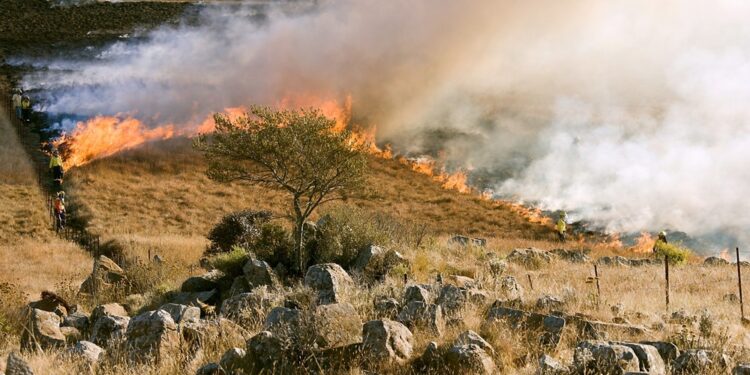
National Wildfire Awareness Month
National Wildfire Awareness Month is in May and is dedicated to preventing wildfires and preparing for them. Since 2000, over 70,000 wildfires have destroyed an annual average of 7 to 8 million acres. This is a 100% increase over the wildfires in the 1990s that burned an annual average of 3.3 million acres.
Global warming has increased the number and intensity of wildfires, so everyone should be ready for them and do what they can to prevent them when possible. And this is the perfect month for everyone to begin their pledge and do what they can to mitigate the destruction caused by these destructive forces of nature.
The History of National Wildfire Awareness Month
Over the past few decades, an increasing number of states have proclaimed their own National Wildfire Awareness Months. Now, this May observance is observed in just about every U.S. state.
As global warming causes an increase in the number and intensity of wildfires, this month will continue to be an important reminder to everyone to do what they can to prevent wildfires, all while taking action to make sure that they’re well-prepared if one does occur.
Some Important Facts About Wildfires
We would be remiss in our duties if we didn’t take the time to list some important facts about wildfires that we think everyone should appreciate. Hopefully, the following facts will help to illustrate the importance of all of us coming together to prevent wildfires.
- Approximately 9 out of 10 wildfires are started by humans.
- Lightning is also the cause of many wildfires. Approximately 20% of the estimated 100,000 lightning strikes that happen each day cause wildfires.
- Large wildfires can influence the weather around them.
- Wildfires can produce “fire tornadoes.”
- During the 1998 Yosemite wildfire, only 1% of the elk population was killed.
- Climate change is causing the wildfire season to last longer and be more intense.
- Jack pines have cones that only release their seeds if they’re opened by fire.
- Wildfires move faster uphill than downhill.
- Warmer temperatures have dried out forests and have resulted in an increase in wildfires.
Observing National Wildfire Awareness Month
It’s recommended that people visit the Red Cross website or the National Interagency Fire Center to learn more about developing a wildfire preparation plan and the steps that can be taken to prevent wildfires. It’s also recommended that people spread the word about National Wildfire Awareness Month by using the hashtag #WildfireAwarenessMonth on social media.








